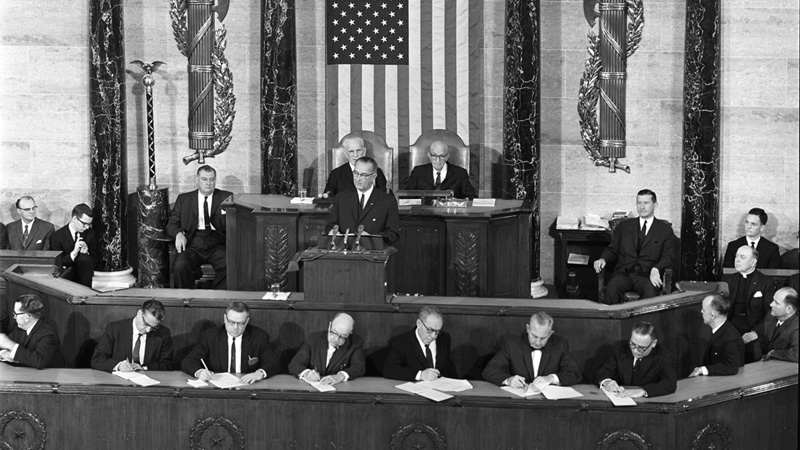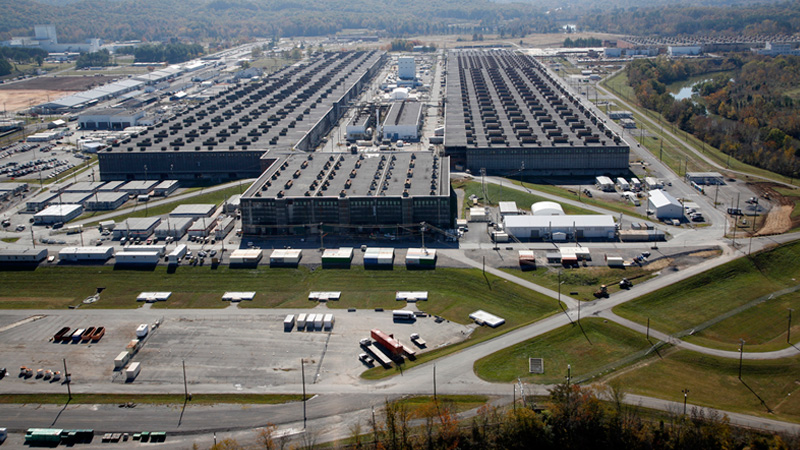June 1940
Convinced that the United States could not escape involvement in World War II, advisors to President Roosevelt request the creation of a formal scientific body to organize research efforts pertaining to the war effort. Subsequently, the president establishes the National Defense Research Committee "to coordinate, supervise, and conduct scientific research on the problems underlying the development, production, and use of mechanisms and devices of warfare." Foreign-born scientists were excluded from membership on the committee but included in research and development activities.























































